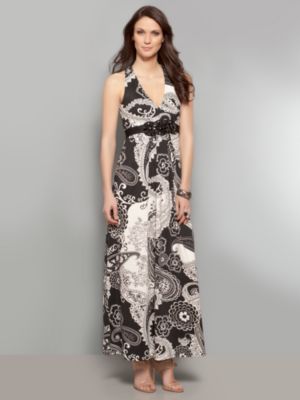
It is a commonly held view that fashion and makeup are trivial concerns: Superficial, unnecessary, and concealing by trickery what is held to be 'real' beneath. Fashion is surface, fad, transient. Yet time and again one uncovers moments when dresses and makeup become the things that render us human. Stubbornly, humankind resists the Puritan instinct. In mid-17th-century England, 10 long years of Republicanism, black dresses with no adornment, and the closure of those pleasure pits, the theatres, were forcibly rejected with a return to the monarchy and the adoption of long curly wigs and a great deal of lace and bosom.
The writer is supposed to be above fashion. The writer's eye gazes ever inward toward deep consciousness. The writer cares nothing for how he or she dresses and of course their characters walk about naked, or all they wear is actually described. This myth does not survive the lightest scrutiny.
And then we reach Proust's A la Recherche du Temps Perdu, where, after some hundred or so pages of church porches and hawthorn bushes, we reach some of the most detailed and pleasurably written descriptions of women's dresses ever set down, including the first sighting of that revolutionary garment, the Fortuny gown, a loose, pleated dress which radicalized the female silhouette away from the waisted, tight-bodiced frocks (similar to Latest Pakistani Fashion Anarkali and Pishwas) of the previous 1,000 or so years. For Proust was concerned with the birth of Modernism, or the shock of the new, whether it be the experience of making the first telephone calls, or that modern Miss, Albertine, behaving like a hoyden.
So I make no apologies at all for being a writer interested in fashion and makeup and I entirely reject the idea that it is a frivolous preoccupation.
If one is lucky enough to receive an invitation to the twice-annual fashion shows, one sees at close quarters the intense concentration of creativity and spectacle reduced to a heart-breaking 15 minutes of impossible creatures raising their feet like horses, prancing down the runway. And then there's the poor designer who, with these shimmering visions inside his head, has to make them work for the average woman of no great height or slenderness. As a writer, I could only sympathize, for what other artist has to water down their work so that it can be consumed?
Fashion is, necessarily, about transience, but then so are our own lives. Looking back at old photographs, we can often date them by the dresses we wore, not merely the decade a certain style was in vogue, but remembering that a particular dress or coat or pair of shoes was what we wore when we were in college or had just gotten m
 arried, or had purchased after a long time of hard saving-up. Naked we are not timeless; we age, and the dresses we wear tell many stories about how our identity progresses, from the teenager trying every new trend, however we may wince when we look back as adults (Did I really wear those hip-hop baggy pants?) to the first business suit and the struggle from middle age onwards to find dresses that cover up what we don't want to display.
arried, or had purchased after a long time of hard saving-up. Naked we are not timeless; we age, and the dresses we wear tell many stories about how our identity progresses, from the teenager trying every new trend, however we may wince when we look back as adults (Did I really wear those hip-hop baggy pants?) to the first business suit and the struggle from middle age onwards to find dresses that cover up what we don't want to display.Our dresses are our identity. They are, whether we like it or not, how we are judged by others. Out in public, they send out numerous messages, about our social status and our sense of ourselves. A flamboyant tie, high-heeled shoes, this season's shade of purple — all make announcements to the complete strangers we walk past on the street.
No comments:
Post a Comment